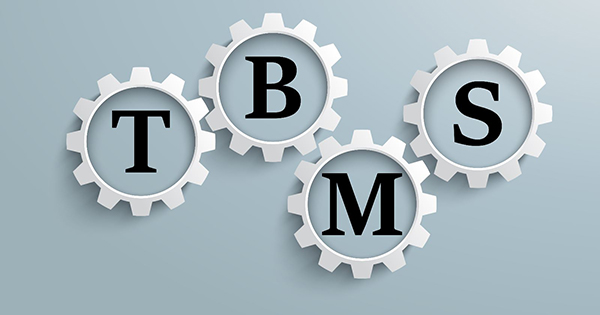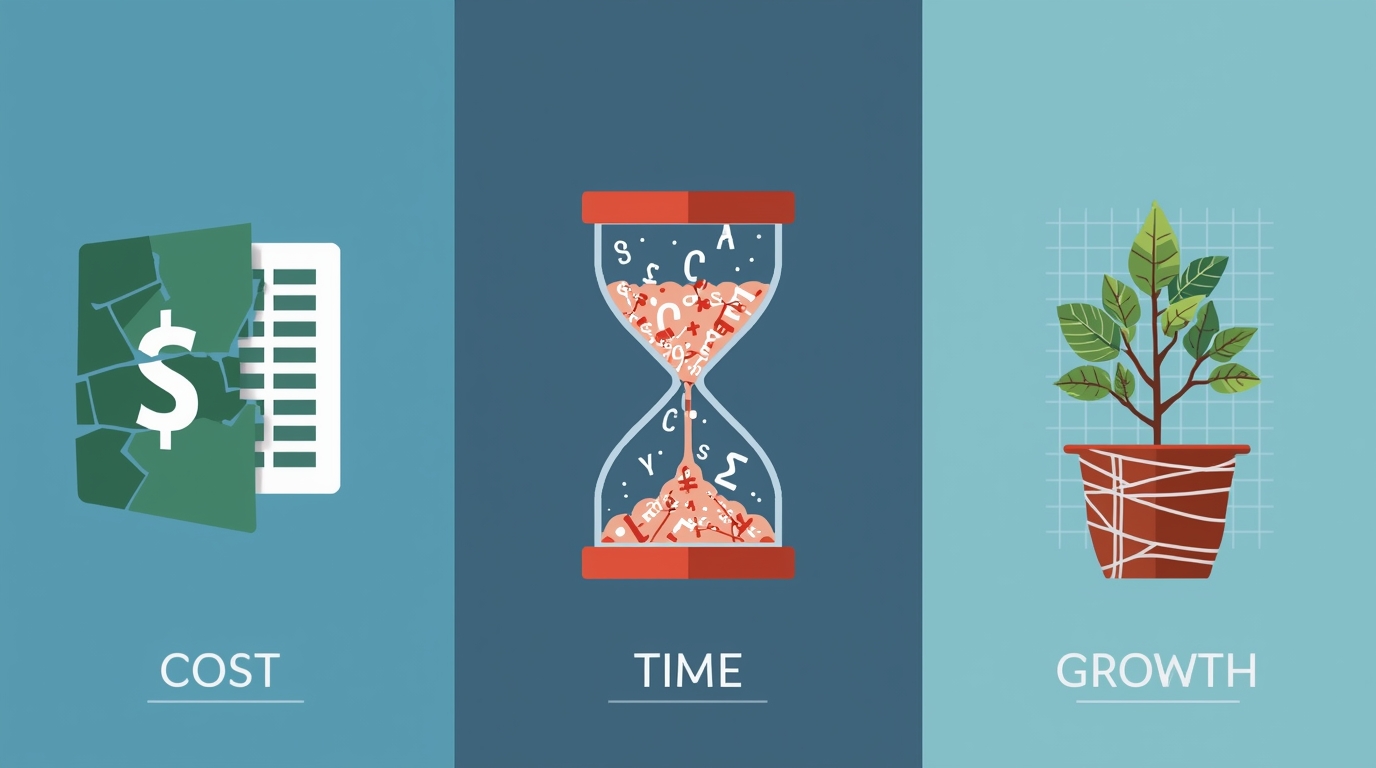
Do you know what the key difference is between a large and a small company? No, it’s not turnover or the number of employees. These are consequences, not reasons.
The key difference is streamlined workflow processes.
If a small translation agency that does not have the processes and solutions available to large agencies is suddenly offered a huge project, it is likely to end up in tears. In small agencies, something is bound to go wrong—the project management will be a mess, they will not be able to hire adequately qualified staff, the costs will exceed the project budget, or one or more of a range of other potential critical problems.
If you want to grow, you need to organize your workflow processes in advance so that your company can scale up and handle a sudden increase in orders instead of collapsing under their weight. In practice, for some reason, smaller agencies tend to take the opposite approach: “We are a small company, and it doesn’t make sense for us to work on our processes right now. When we get a big order, we’ll do it then.”
But this is not good business practice: when you get a big order that can take your company to the next level, you will have to deal with both the order and workflow optimization at the same time. And there will be very little time for all this. You will either end up having to abandon a major project, or will take it on and then let the client down by missing the deadlines. In both cases, things will go back to how they were, and you will still be a small translation agency.
For some reason, people assume that if a company is big, it must have streamlined workflow processes. In fact, the opposite is true—if a company has streamlined workflow processes, it will sooner or later grow into something big.
A company that has not properly set up its processes cannot expect to be successful in the long term. This is taught in business schools and hundreds of books have been written about it. Specialized management software is available to support such companies.
All of the translation business management systems (TBMS) currently on the market were originally developed for a specific translation company and only then released to the market. And these companies had great success—after all, they were able to devote considerable resources to developing systems that automate their workflow processes, which had already proven to be effective.
When you implement a translation business management system in your company, you are replicating and automating processes that have been proven to work by industry leaders (in our case, the translation and localization industry). These are the same processes that any savvy business consultant will charge you thousands of dollars to build. People are often not aware of the true value of streamlined workflow processes, probably because they didn’t have to pay a consultant a huge fee to set them up.
Translation agencies often fail to implement any kind of project and business management system, preferring to work the old-fashioned way. And there are agencies that have implemented a system but use only a small number of its features. For example, office managers:
- turn a powerful system into a familiar Excel spreadsheet by entering information on projects retroactively;
- do not create accounts for translators, fearing that by doing so access will be provided to all the information stored in the system;
- delete information about projects as soon as they are completed instead of saving them for statistical purposes;
- do not use automation features, meaning the system is only used at a quarter of its capacity.
Many agencies come up with unique processes that no management system can automate.
The workflow processes of small companies are often not documented. Some office managers contrive to record information about projects on paper or even on whiteboards.
Small translation agencies often use non-standardized processes and fail to properly utilize management systems. Companies with streamlined workflow processes find the most suitable translation business management system for them, implement it effectively, and grow.
As a rule, the system they choose is 80–90% consistent with the existing processes in the company. There may be some unique processes that the system is not designed to manage, but they are few and far between. And usually, it isn’t difficult to adapt the management system to them.
* * *
When it comes to strategy, small translation agencies that decide to implement a management system have two options.
The first option is to explore the features it offers and adapt them to the existing processes at the agency.
The second option is to implement the system but to continue to work with it in the usual outdated ways, claiming that “this is more convenient.” If you are going to do this, you might as well haul your groceries from the supermarket in a five-tonne truck. You will of course get your food, but your management system would be very ineffective when it is capable of so much more...
So if you have a small company, we strongly recommend that you make the most of the translation business management system you have implemented. Speak to the support team, make sure you gain a full understanding of its features, and integrate them with your workflow processes to the maximum possible extent.


.png)


